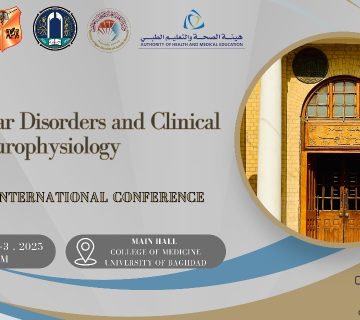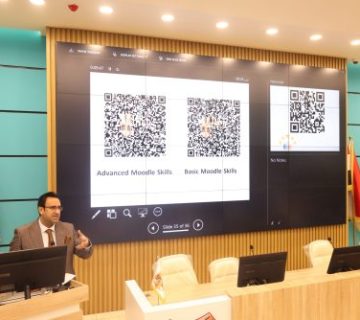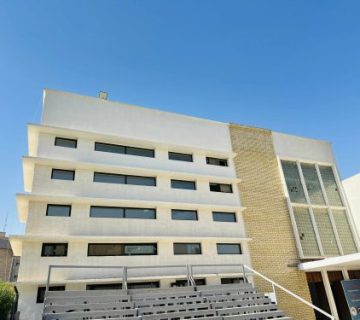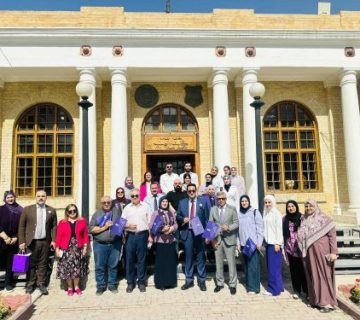The College of Medicine at the University of Baghdad witnessed the discussion of a research paper by the Diagnostic Radiology Diploma student, Dr. Mahmoud Mish'al Mohammed, titled "Comparison of Brain Magnetic Resonance Imaging Sequences in Multiple Sclerosis Patients." The discussion took place in the postgraduate studies hall at the college on Monday, July 17, 2023, in the presence of several academic researchers and specialized doctors. The examination committee consisted of Dr. Basim Rasam as the chairman, and members Dr. Haider Abdulameer and Dr. Noor Ahmed, under the supervision of Dr. Mariam Issa. The study aims to evaluate the diagnostic value of dual-echo inversion recovery (DIR) sequences in detecting multiple sclerosis lesions in various anatomical brain regions. The study's methodology and results included a total of 37 patients diagnosed with confirmed multiple sclerosis in this cross-sectional study. Brain magnetic resonance imaging was performed using dual-echo inversion recovery (DIR) sequences, as well as T2 and FLAIR sequences. The number and intensity of lesions were calculated and compared among the three sequences. The dual-echo inversion recovery (DIR) sequence revealed more lesions below and above the cortex compared to T2 and FLAIR. The dual-echo inversion recovery (DIR) sequence significantly outperformed T2 (P<=0.001) and FLAIR (P<=0.001) in detecting lesions in the cortex and adjacent cortex. The dual-echo inversion recovery (DIR) sequence showed fewer lesions in deep white matter areas surrounding the ventricle compared to the T2 and FLAIR sequences. The study concluded that the dual-echo inversion recovery (DIR) sequence detects more multiple sclerosis lesions in most anatomical brain regions compared to the T2-weighted (T2W) and FLAIR sequences. The research was accepted with distinction.
Comments are disabled.









